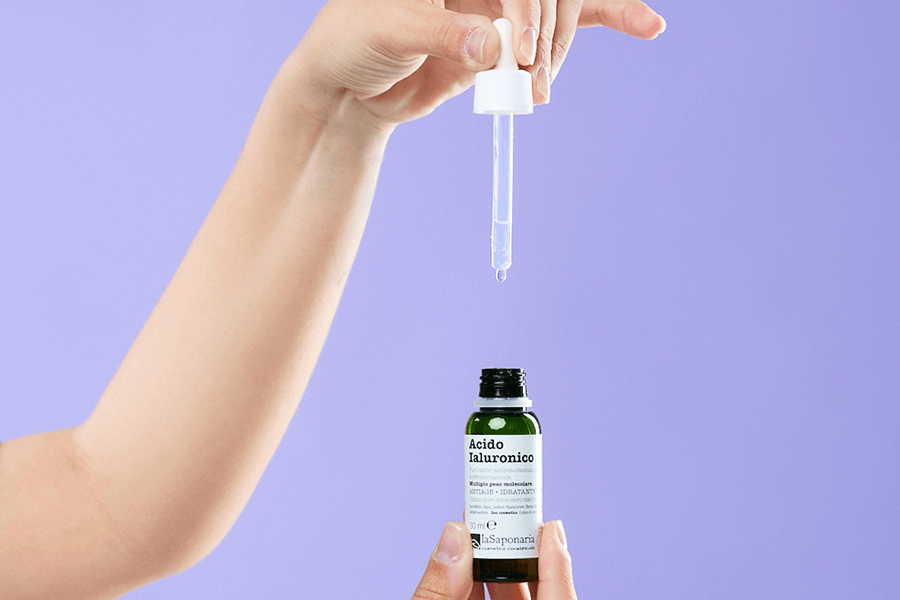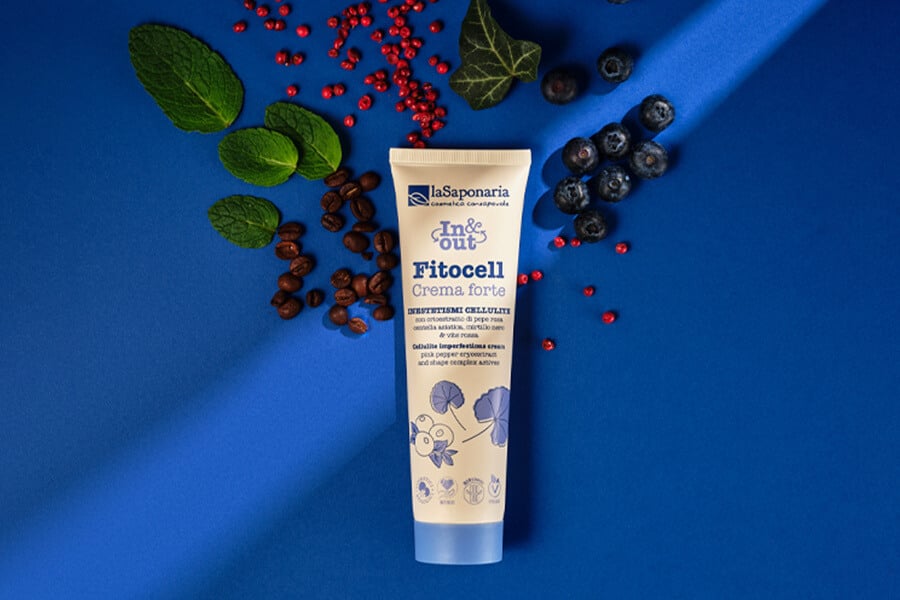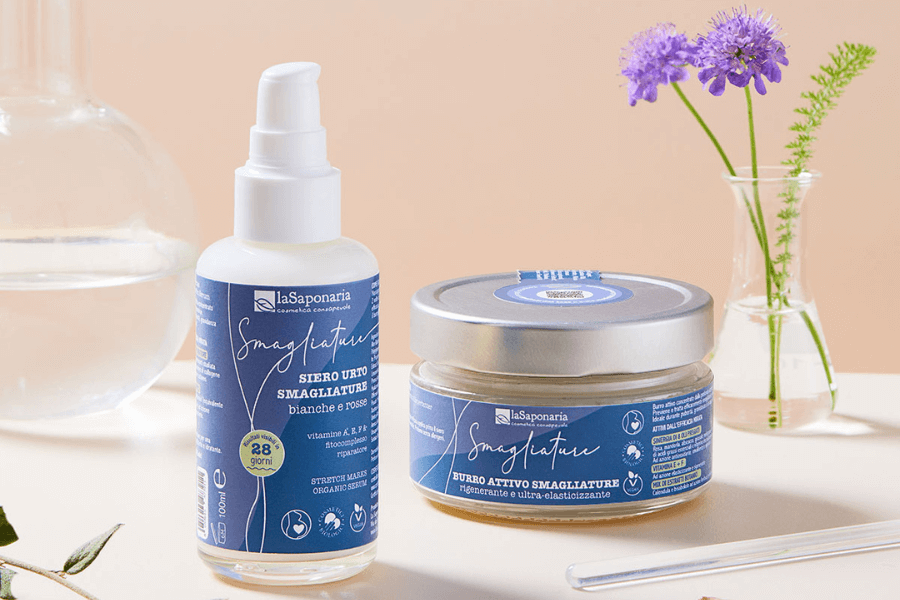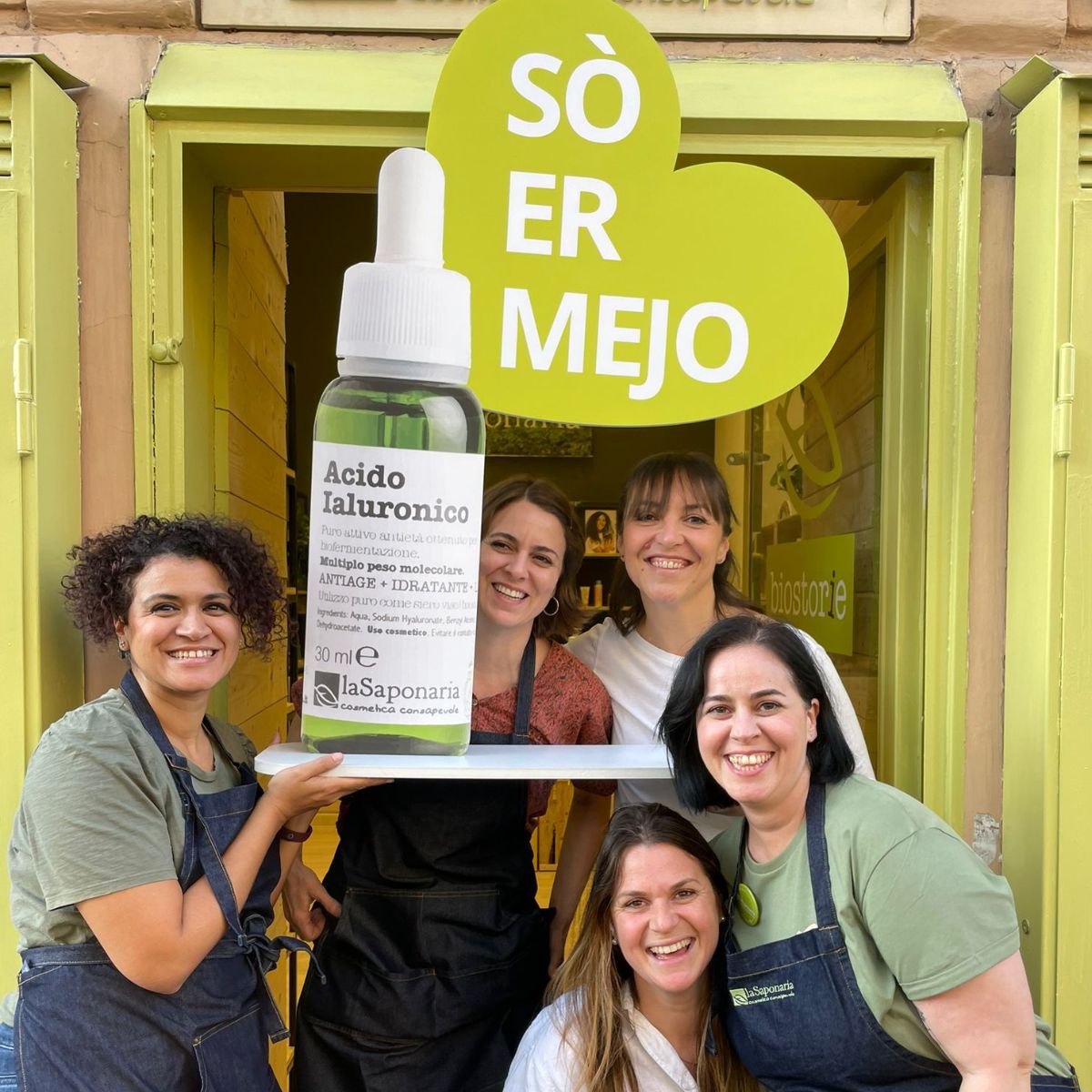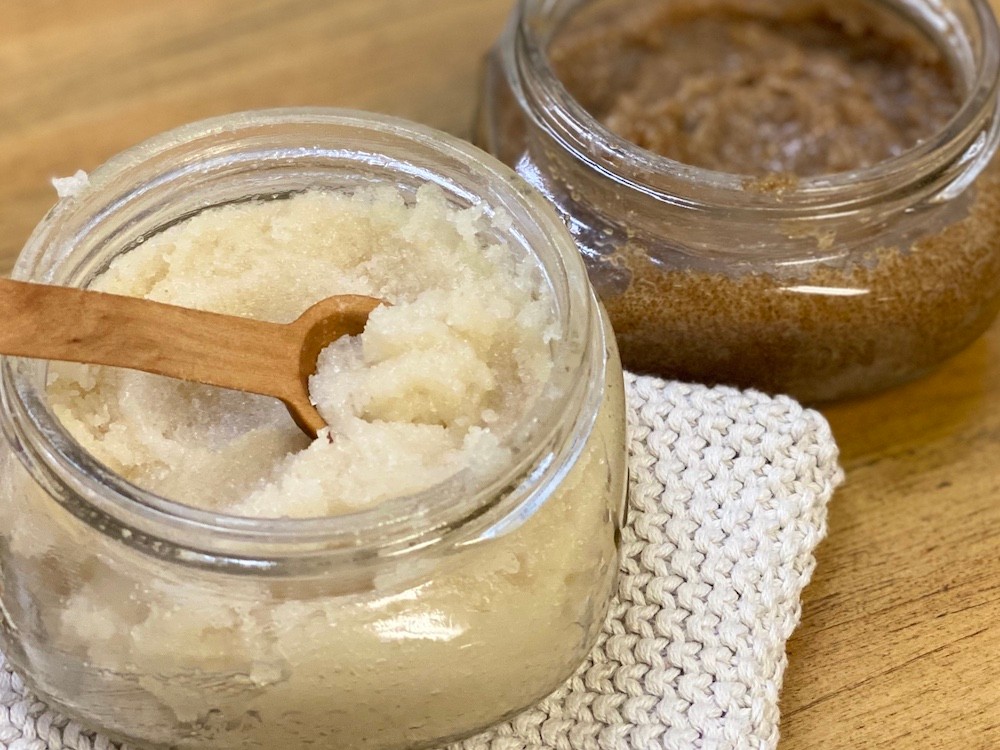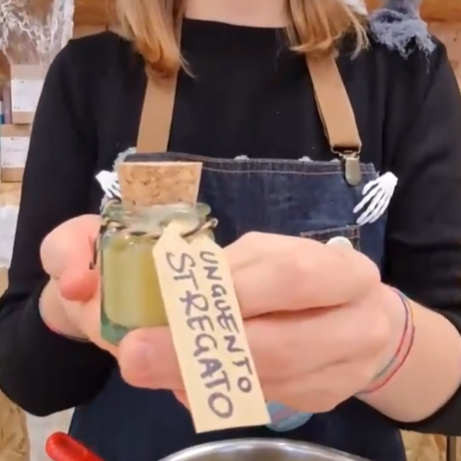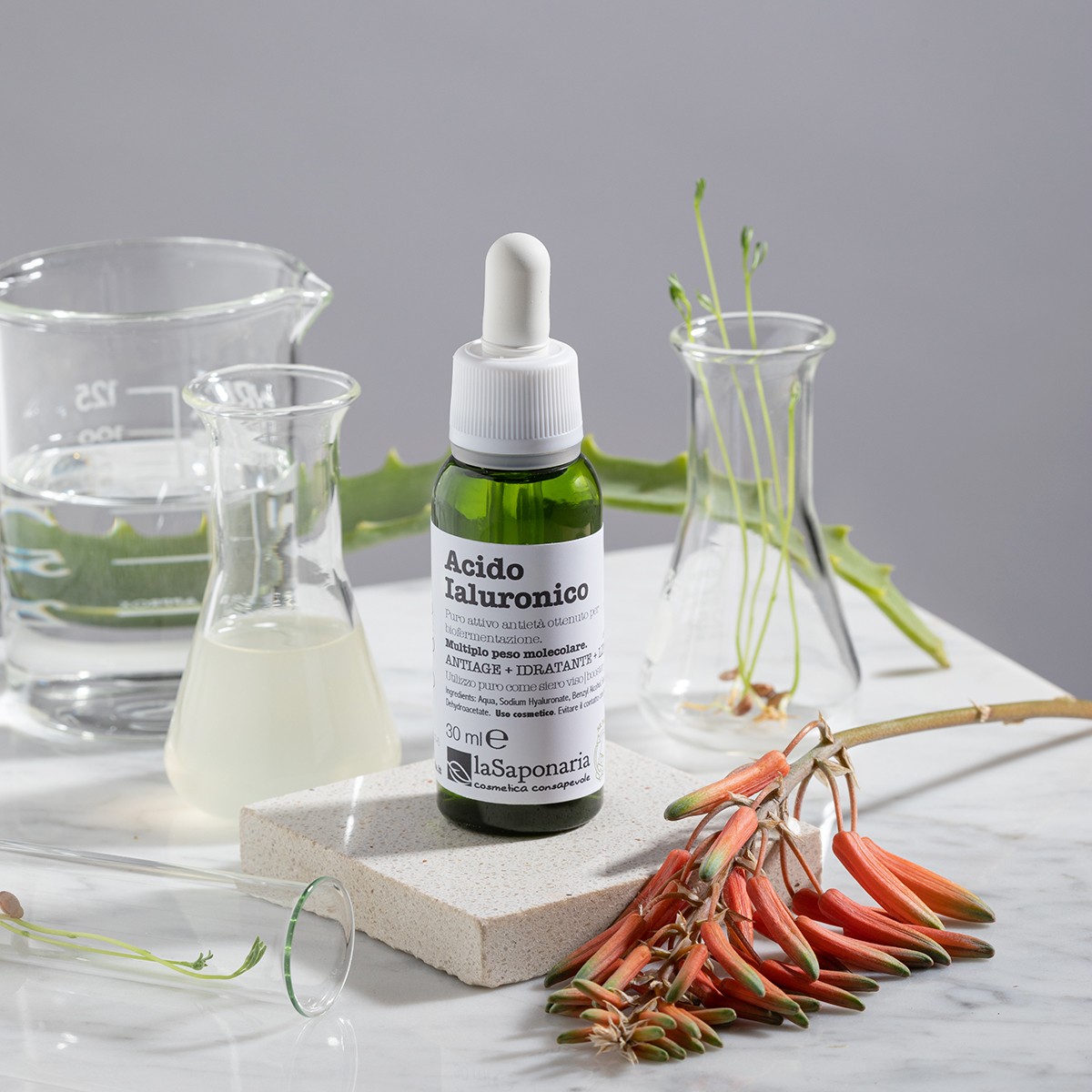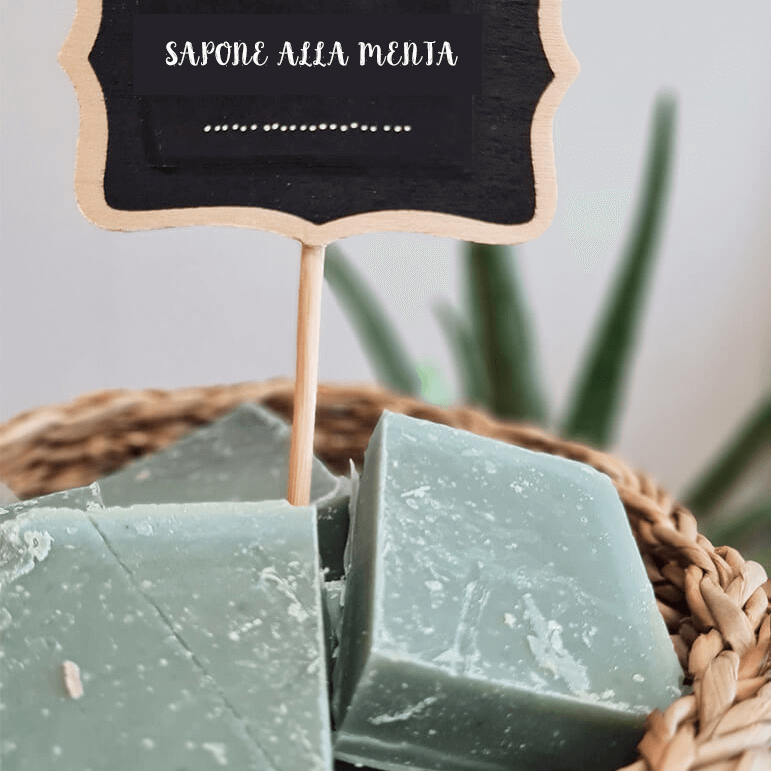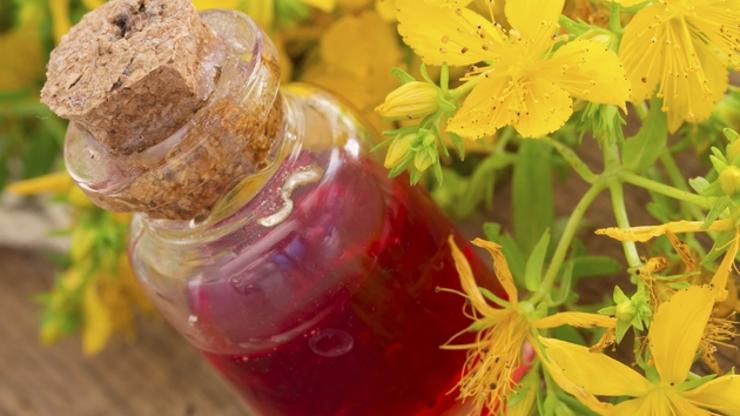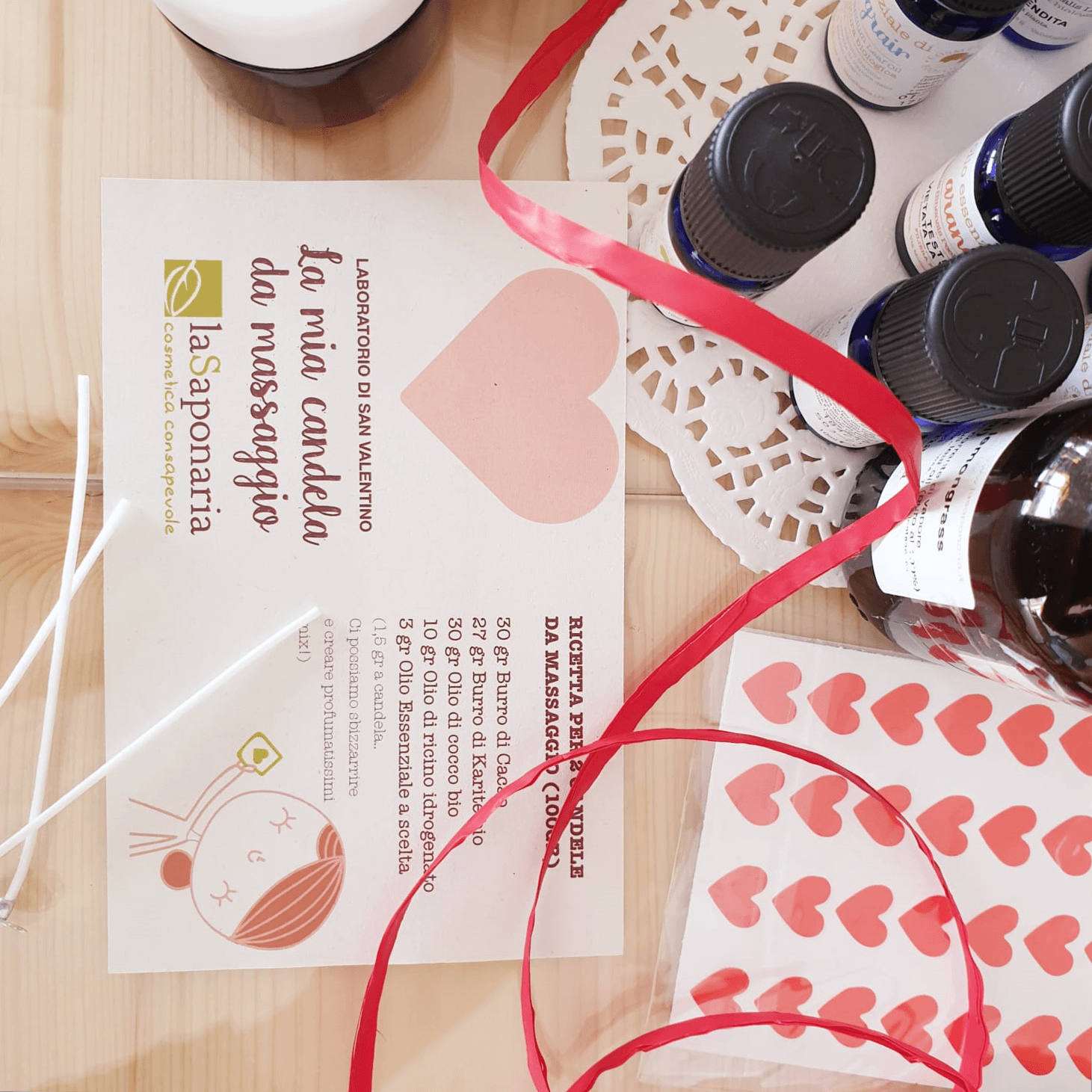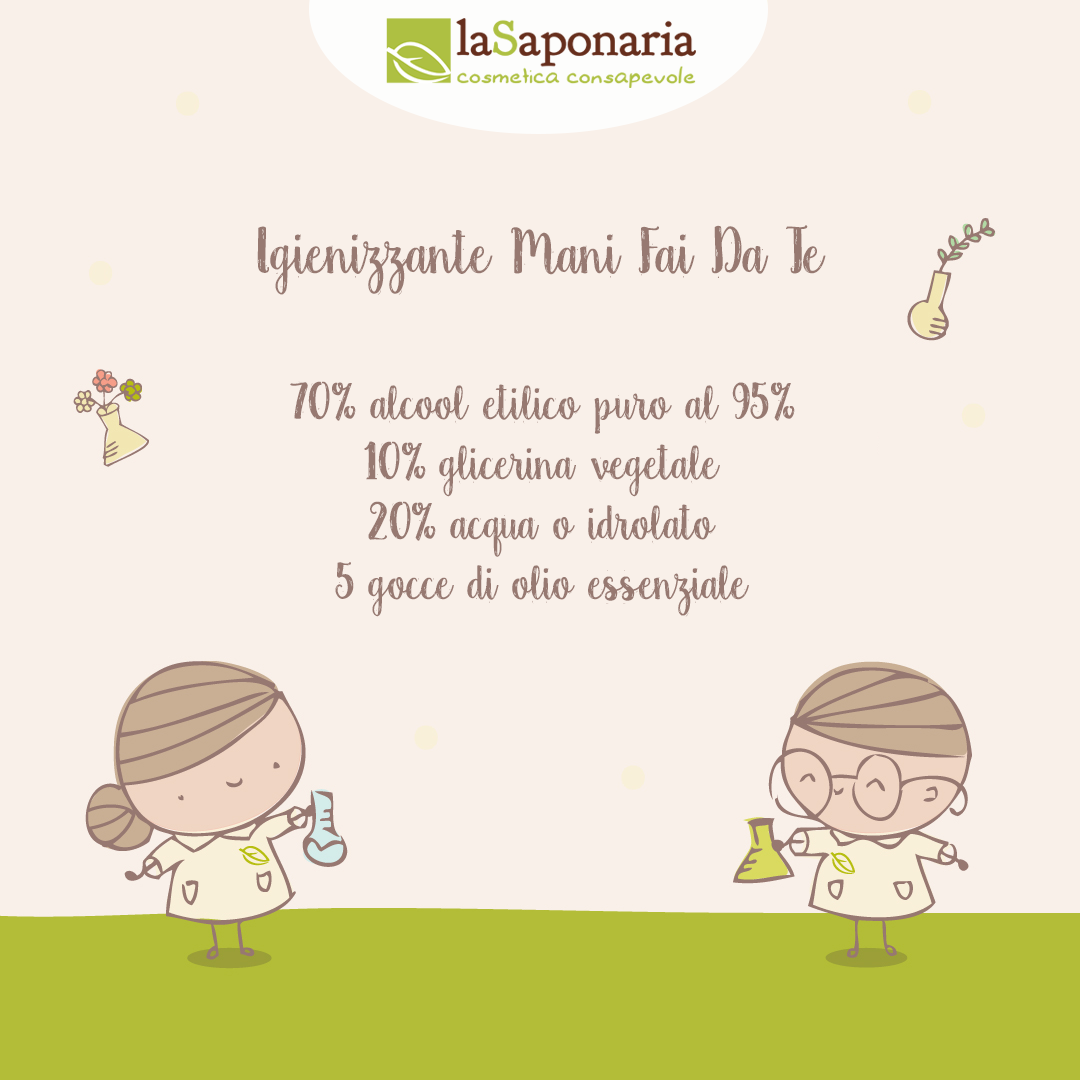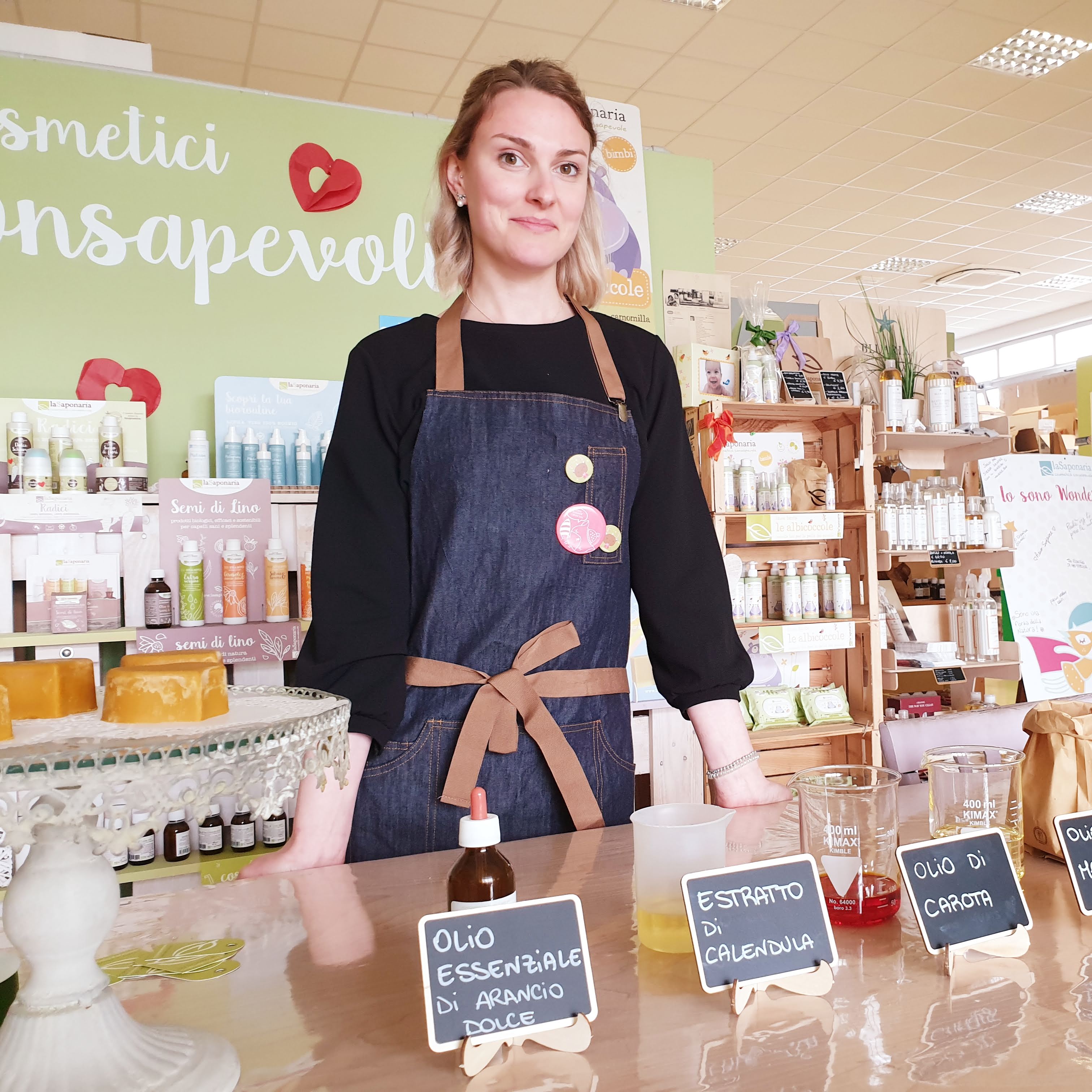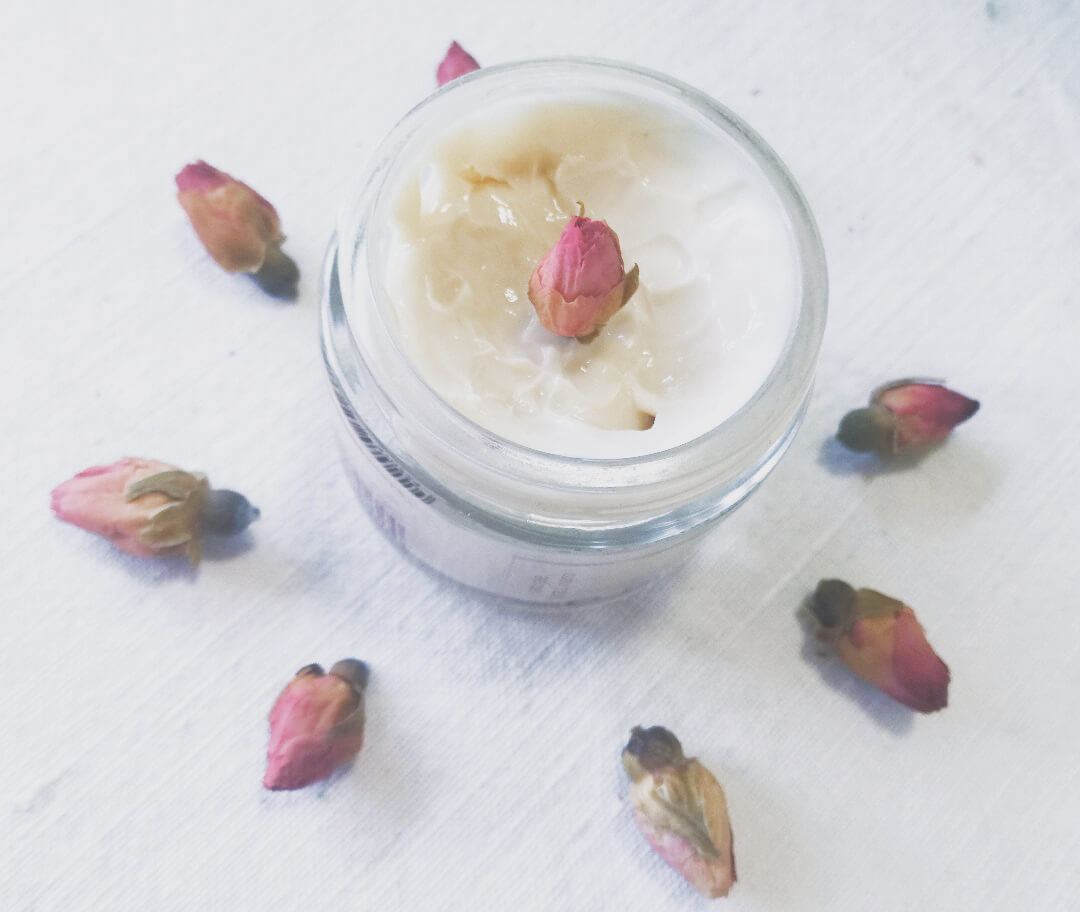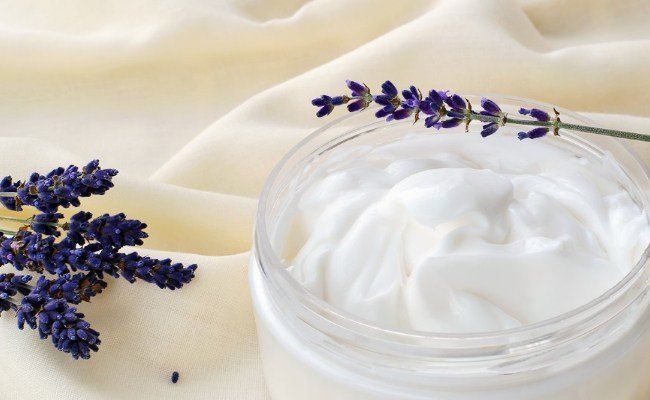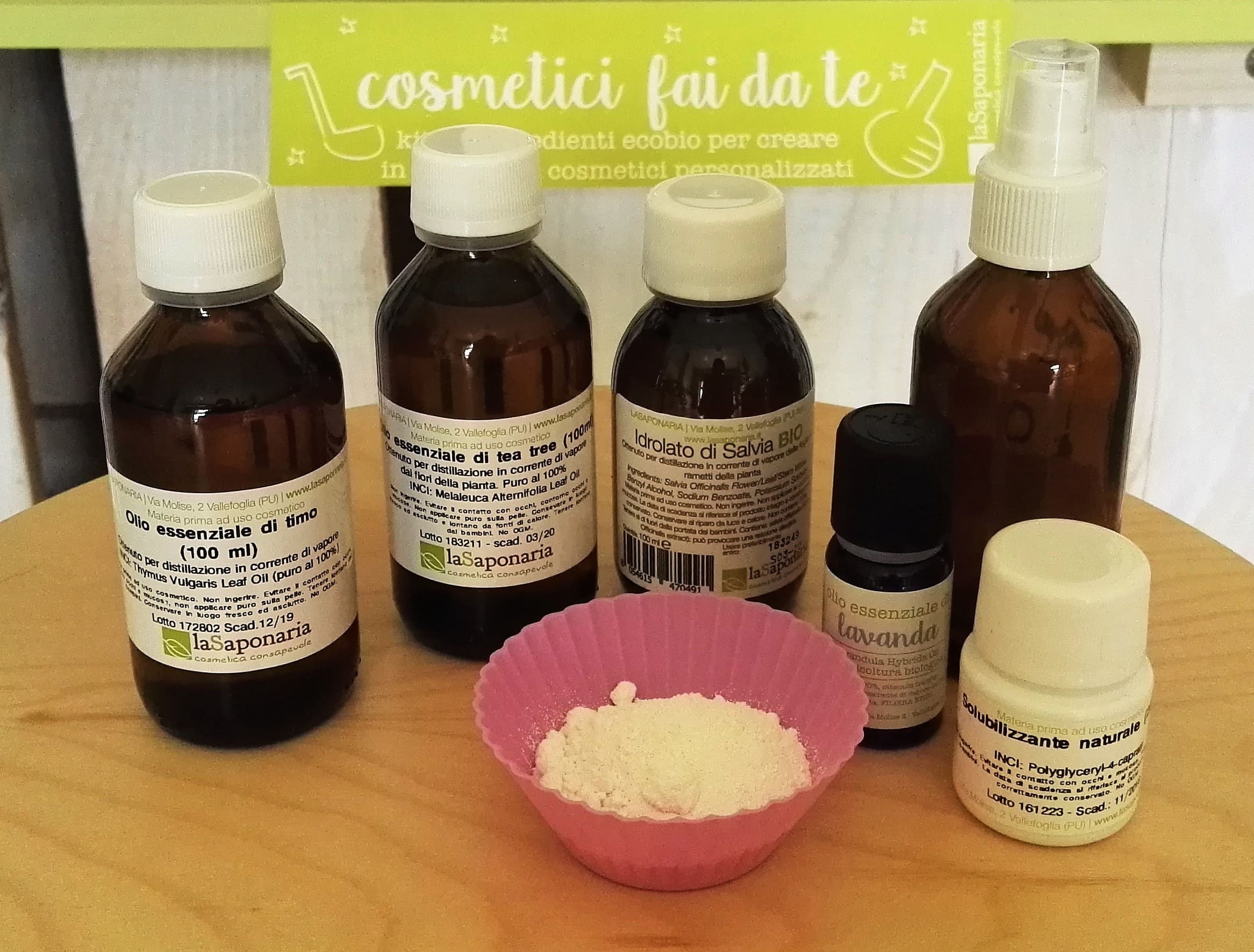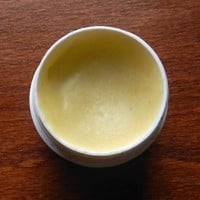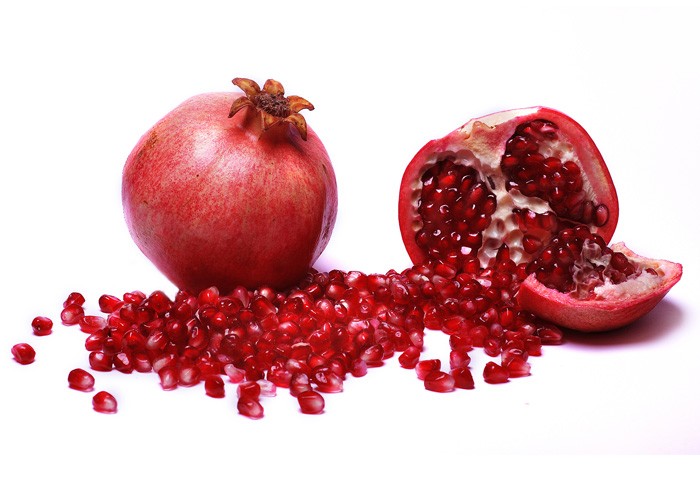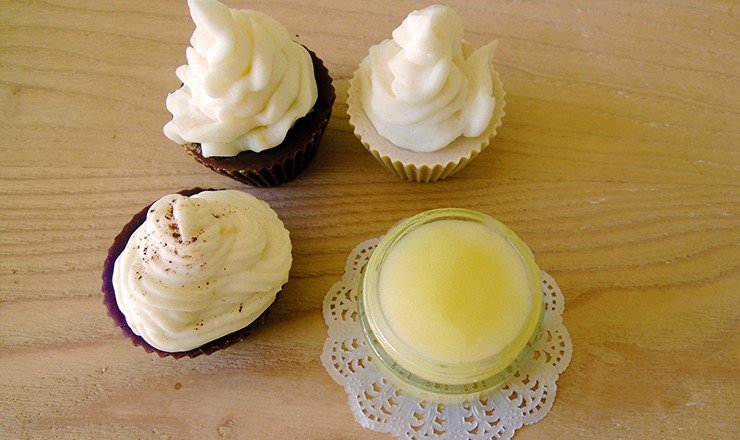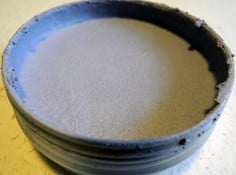Here is a quick and easy recipe to make a coconut body scrub, ideal for summer and for the driest skin in need of pampering.
By self-producing our scrub, we will be able to independently choose the degree of scrubbing action that our skin needs most. If we have very dry skin, which flakes and we need to regenerate in depth, we can choose to use coarse salt. Attention in this case: it could scratch the skin so it is recommended to massage it gently. If, on the other hand, we prefer a lighter action, we will add table salt up to our formula.
Among the ingredients there is also sugar which can be white or cane. We can replace this ingredient with used coffee powder, the one that remains in the filter of the moka pot or of our home machine: in this way we reduce waste, in a perfect zero waste perspective!
Who doesn't like making lots of soap bubbles? Everyone loves them! Especially the children.
Yet the INCI of bubble soaps that are normally found on the market are often very bad, and we know very well that younger children sometimes come into particularly contact between hands and mouth, without thinking about the ingredients that are then dispersed into the environment. . The alternative? Making organic soap bubbles!
Here is a really simple recipe, which we can prepare at home with our children, to ensure them an endless supply of bubbles and fun.
Just get a container with the classic tool through which to blow the bubbles: it is quite easy to find empty ones on the market or, if we really can't find any, we can buy a traditional one, which we will then reuse over and over again, in a perfect zero waste perspective!
How to do a strengthening nail butter yourself for longer and stronger nails!
Here is an easy recipe to make a manicure butter at home. It also lends itself to being a perfect gift for friends of all ages.
Looking for a hair spray with Hyaluronic Acid, easy to produce? Here is a very functional recipe to use whenever we want to hydrate our hair and we feel that it is particularly dry and in need of new energy and light.
Here is the procedure for making your own homemade mint soap using the cold process. Always remember to work with gloves, goggles and an FFP3 filtering face mask. Enjoy the whole process!
What is St. John's Wort oil?
Hypericum (or St John's Wort) is a herbaceous plant with characteristic yellow flowers. The leaves are elongated ovals, with the taller ones being the smallest. When viewed against the light they have a kind of perforation (they are actually translucent glands). This apparent perforation has given rise to the botanical name: Hypericum Perforatum. If you take a good look around these days, you will certainly find it too. Hypericum in fact grows everywhere (even on city roadsides) but it certainly prefers sparse, bright woods, sunny and dry locations such as abandoned fields and rural environments. Obviously, for harvesting we should choose land away from traffic and located in unspoilt areas!
When is it harvested?
St. John's Wort reaches its peak flowering during the summer solstice and the most auspicious day for harvesting is said to be 24 June (St. John's night), hence the popular name. Tradition says that St John's wort is harvested on St John's night, a magical night when not only do witches and devils traditionally gather for their Sabbath, but good or bad omens for the future are drawn. We don't know if this is true or not but it is certainly the most auspicious time to harvest in order to get the maximum benefits from this extraordinary plant!
What are its properties in cosmetics?
St. John's Wort is rich in active ingredients such as flavonoids, tannins, hypercin, chlorogenic acid and caffeic acid. St. John's Wort oil is a valuable remedy for sunburns, burns and sun erythema. It is also useful for treating nappy rash in children, is an excellent whitener for skin blemishes, gives excellent results in the treatment of psoriasis and is also an excellent ally in combating ageing as it stimulates cell regeneration (this is in fact the reason for its effectiveness against burns). Excellent as an after-sun soothing agent, however, it should not be used before exposure to the sun because it has a photosensitising effect, i.e. during sun exposure it makes the skin more sensitive to the harmful effects of radiation.
Here is how to prepare St. John's Wort oil homemade
Place the well-cleaned and dried flower tops in a glass jar (preferably a new one!) and cover to the brim with sunflower oil. Leave to ripen for about a month, the last week expose to the sun (not before because too long a time in the sun could turn the oil rancid). You will then have a perfect homemade St. John's Wort oil with love :)
St. John's Wort ointment
With St. John's Wort it is also possible to formulate an ointment, which is perfect for use in the case of burns from both burns and sunburn. We have created a small concentrate of nature that is 100% Vegan and formulated with just a few ingredients, chosen one by one to act synergistically, enhancing each other. The St. John's Wort you find in our ointment flourishes in the Marche region and is harvested according to virtuous and sustainable methods by small local companies, respecting the right botanical timing to allow the plant to develop its full power. You can read more about it in the article on our blog.
Here's how to make a massage candle at home!
What is a massage candle? It is a candle made with natural butters that melt with the heat of the flame and that you can then take with your hands to make warm massages that will be good for the body, nourishing the skin in depth, and for the spirit, for a burst of energy involving all the senses!
For 100% eco-friendly massages and to breathe clean and deliciously scented air thanks to a mix of essential oils that we can create according to our taste!
Has your supermarket already run out of hand sanitizer? Keep calm and do it yourself! ? It is quite easy to make your own hand sanitizer at home. Just take all the ingredients and mix! However, we would like to remind everyone that the best way to always have clean hands is to wash them with soap and water. However, in absence of water, hand sanitiser can come to the rescue. To be effective, it should always be used on dry hands. The alcohol base neutralises the viability of microbes. This recipe is for self-producing a liquid hand sanitiser, which is then placed in a spray bottle and can also be used for surfaces. In this case, it is better to spray it on a cloth first and always remember that it is highly flammable.
The chocolate butter "coccola" is the perfect gift to enjoy a sweet moment with your partner. You can use it as a body lotion whenever you want or turn it into a precious butter perfect to massage all over the body. To sweeten your skin ... and your Valentine!
It is a solid butter, very easy to prepare and use, delicious and nourishing.
Here is a video tutorial of Luigi who made this recipe some time ago:
With this recipe we will obtain a face lotion rich in natural active ingredients, ideal for mature skin that needs to contrast the signs of aging. The action of vitamin E combined with hyaluronic acid fights the action of free radicals, nourishing the skin and making it radiant and nourished.
Dry, dull hair and damaged ends. After returning from vacation, it is necessary to remedy the effects that saltiness, sun exposure and frequent washing have caused to the health of your hair. With the arrival of autumn we also notice an increase in hair loss, often weakened due to climate change. To restore the natural balance of your hair, treat yourself to a restructuring treatment that you can do comfortably at home, your hair will return healthier, stronger and shinier!
A DIY recipe to make an effective shoe deodorant that removes and prevents bad smell! Few and very simple ingredients for fresh and fragrant feet.

